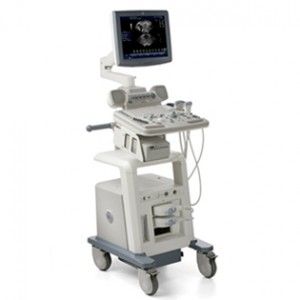News, Uncategorized
Using Ultrasounds to Detect Disease
For years, researchers and doctors have looked for better, more efficient ways to identify, track and treat abnormalities within the body. As a result, a variety of methods and procedures have been employed, some successfully, others less so. The types of illnesses tested and studied is a long list and the ways technology has made modern medicine more efficient than ever is always evolving. However, in recent months there has been several new discoveries in the field of ultrasonography. Better yet, these advancements are not limited to just one area of health and medicine!
In May of 2017, a report was release that showed ultrasonography could be used in to identify signs of vascular cognitive impairment and Alzheimer’s disease. The process has been deemed safe for identifying biomarkers that can lead to dementia and cognitive impairment issues, and then for evaluating a treatment that helps to minimizes the concerns associated with these diseases – due in part to the non-invasive imaging techniques ultrasound offers. And, while there are still tests to be ran, and studies to be done, ultrasound is being seen as a promising tool that will significantly impact the understanding and treatment of these conditions.
Fast forward a month to June of 2017, to a study on pediatric inflammatory bowel disease (IBD), which involved more than 100 pediatric patients (ages 6- 17) with IBD and met the standards for medical test groups. Ultrasounds were then used to reveal how concerns such as IBD, Crohn’s, ulceratitive colitis, and other gastrointestinal related diseases behaved. Like many other tests and studies in the medical field, there are more test to be ran, but the use of ultrasound to aid treatment is viewed as a viable option.
In recent weeks, however, there is yet another study showing the value of ultrasound. Just this month, ultrasound has been shown to be a viable tool for detecting echoes caused by disease fighting bacteria – specifically those related to certain cancers. For the very first time, researchers have genetically modified microbes to form gas-filled pouches that scatter sound waves and create signals read by an ultrasound.
In the past, researchers would use ultraviolet images, but these often produced blurry views of microbes. However, with the use of ultrasound they are able to see deeper into the tissue and get a better understanding of what types of bacteria exists. The clarity of the ultrasound images helped scientist locate the infected microbes, and then deliver cancer-killing drugs to tumor cells. And, to follow up on those issues related to digestive system health, the same study looks hopeful for using ultrasound in performing more invasive procedures such as a colonoscopy.
The ultrasound – who knew that it could help medical science learn so much!
To be sure your office is on the cutting edge of health and medicine, be sure that you have the perfect ultrasound system for your needs. Give us a call today to learn about the various ultrasound set ups we have available.

